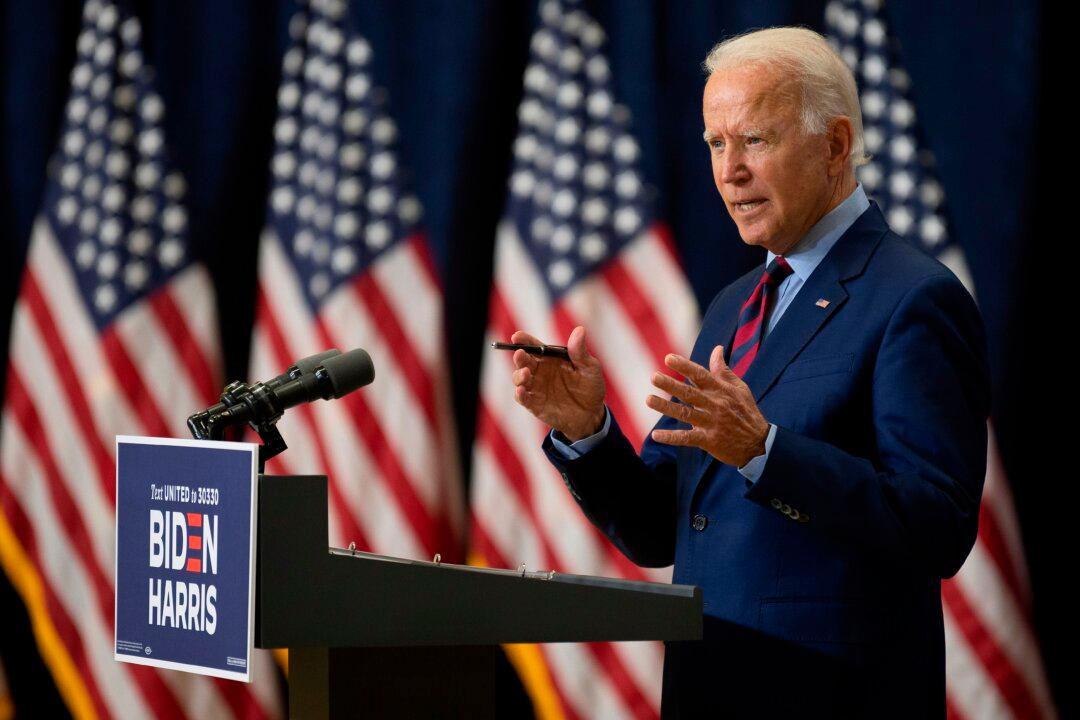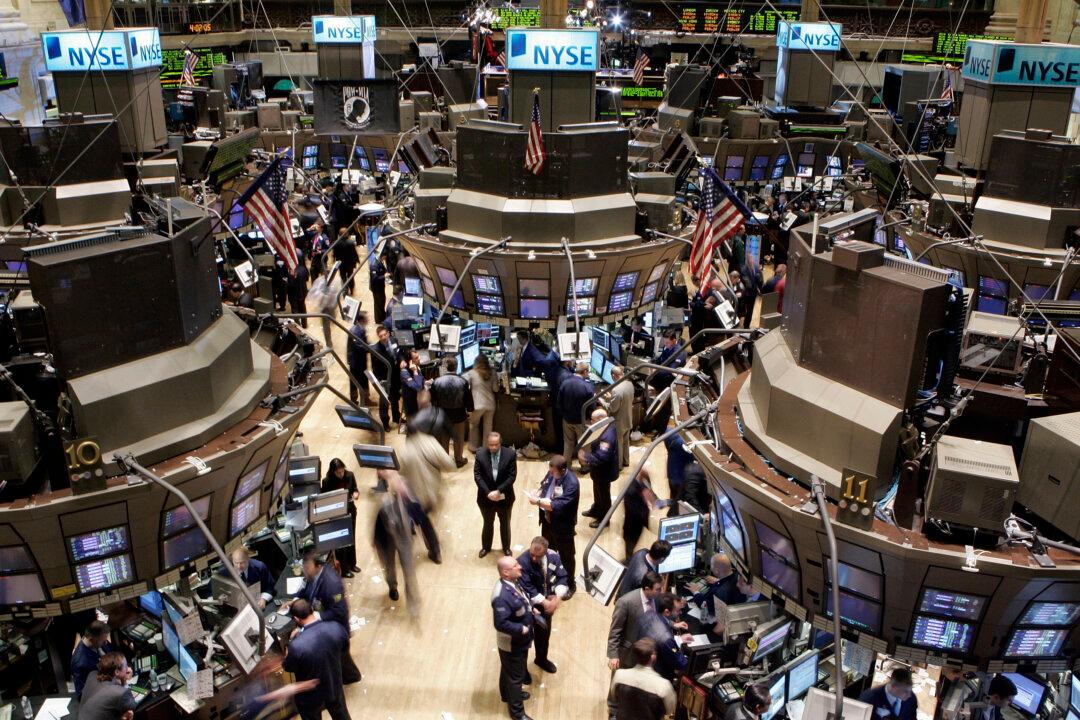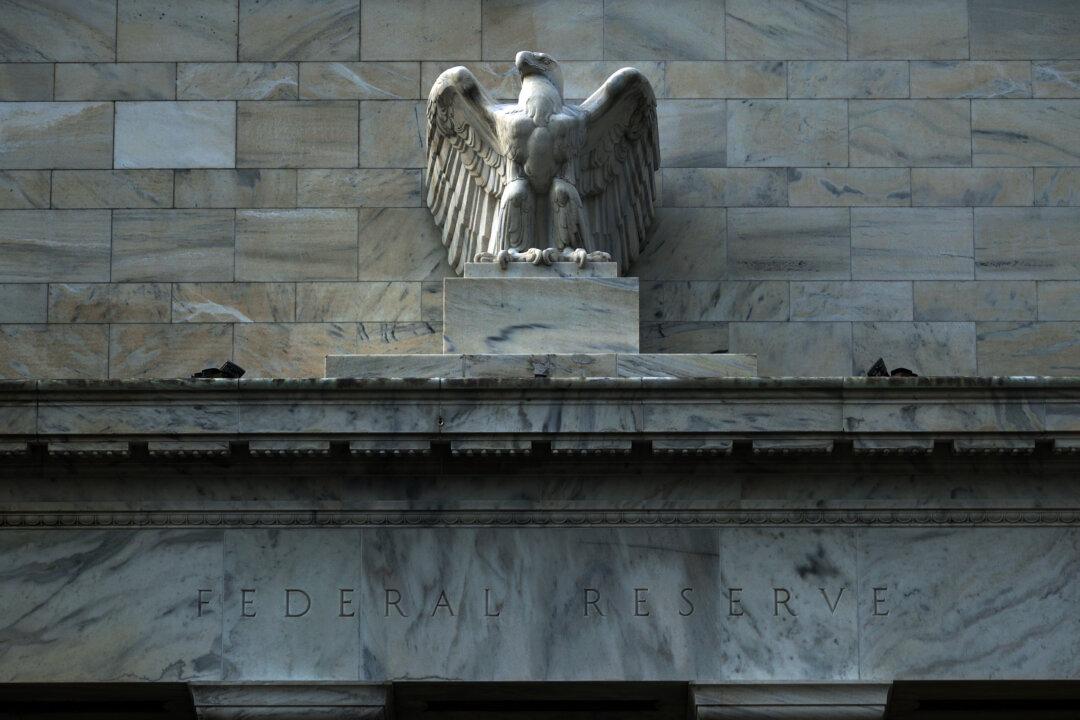Commentary
Many financial experts have rushed to make what has been regarded as “Biden trade” calls based on the projections by The Associated Press, NBC News, and other news outlets of a Joe Biden presidency. “Biden trade” is a synonym for a recommendation to invest in assets that may benefit from a Democratic presidency judging by the main policies announced throughout the campaign.





